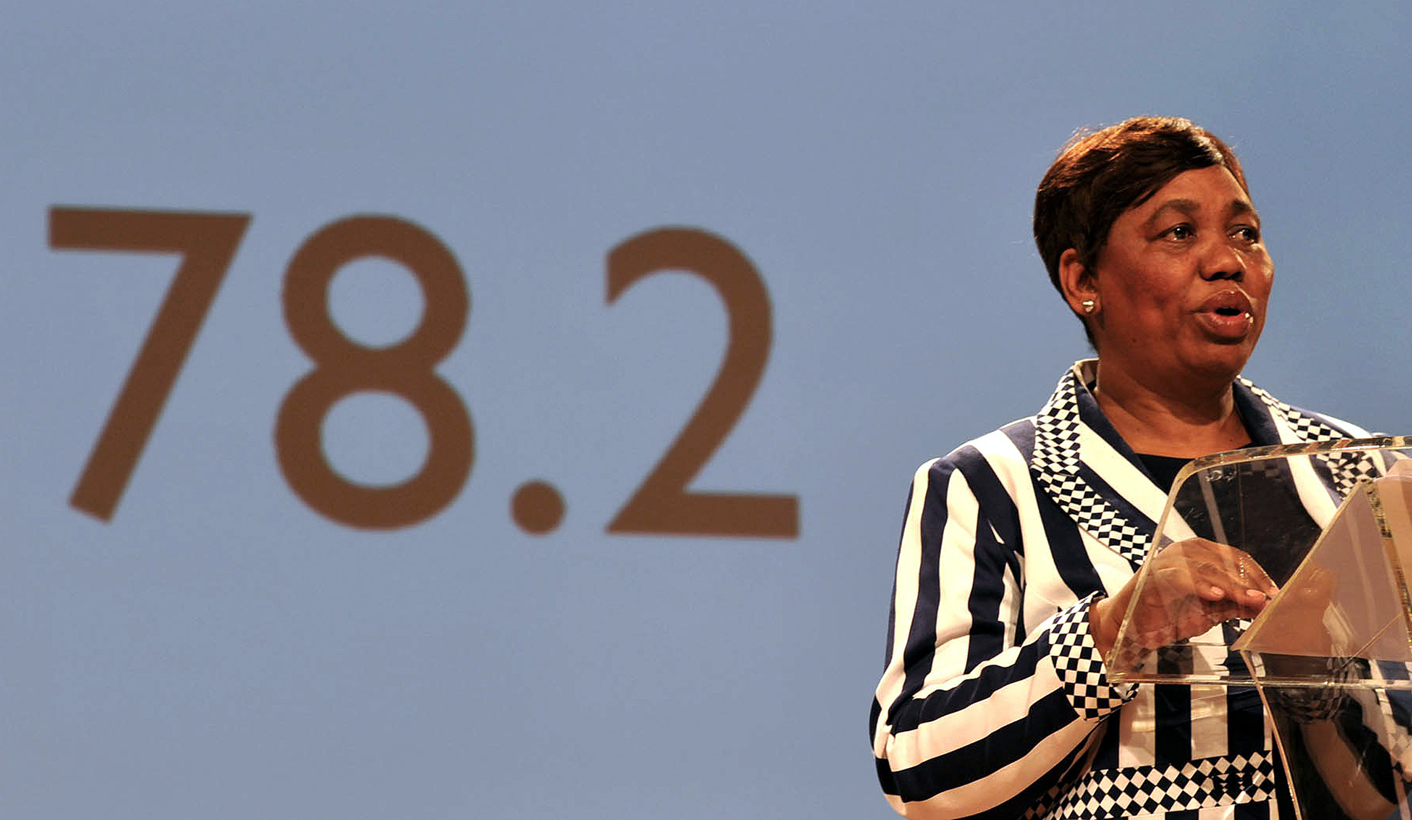For the fifth year in a row, South Africa’s education authorities have announced dramatic improvements in the matric pass rate.
“[W]e are sending a strong message that basic education under the new administration has the capacity to improve the quality of education in South Africa,” Angie Motshekga, the Minister of Basic Education, said this week as she made the announcement.
“[T]his is the best matric class since 1994,” South African president Jacob Zuma enthused. “We are…pleased to note this consistently upward trend in the matric results, with the pass rate going from 62.6% in 2008, dipping to 60.6% in 2009, only to rise to 67.8% in 2010, 70.2% in 2011 and 73.9% in 2012.” (Note: It hasn’t been entirely consistent. As Zuma himself pointed out, the pass rate fell by two percent in 2009)
A ‘massive fraud’
Others have been far less complimentary.
In a scathing opinion piece, Jonathan Jansen, the vice-chancellor of the University of the Free State and a prominent commentator on education, wrote that the country’s education system was a “massive fraud”.
Government “wrongly, but conveniently” used the matric results as “a barometer of the state of the school system” when all other data “reveal we have been stagnating, or doing worse”, Jansen argued.
The opposition Democratic Alliance has called on Motshekga to “institute a full-scale independent audit of the 2013 results”, citing concerns over the quality of the markers, the process of moderation and the high dropout rate.
‘On the right track’
While conceding that there is “still a lot of work that needs to be done”, Motshekga remains adamant that education in South Africa is on the “right track”.
target="_blank">Addressing a business briefing hosted by The New Age newspaper yesterday, Motshekga said that the pass rate - which has improved from 60.9% in 2009 to 78.2% in 2013 - is “an indication that indeed the system is on the right track”.
She also claimed that “[t]here is overwhelming evidence that we are improving learner performance”.
Is the system really on the right path? And has the quality of education in South Africa improved along with the pass rate?
Minister contradicted by her own department
For starters, Motshekga’s claim that the increase in the pass rate “is an indication that indeed the system is on the right track” is contradicted by her own department.
The department of basic education states on its website that “[c]ontrary to popular belief, the matric pass rate on its own is not a good measure of academic achievement in the schooling system, nor was the pass rate ever designed for this”. Rather, the pass rate serves as a “measure of the opportunities open to our youths”.
It goes on to add: “Comparing pass rates in different years is in fact not like comparing apples to apples… Examinations like our matric are simply not designed to compare the performance of the schooling system across years. They are designed to test whether the individual learner qualifies for a certificate, based on the subjects the learner has chosen.”
The department suggests that “[i]f one wants to compare how well the system is doing, one should turn to testing systems like the international TIMSS and SACMEQ programmes, where South Africa has participated for some years.”
High dropout rate skews results
A further flaw in using the matric pass rate as a barometer of national performance is that thousands of school pupils drop out long before they reach their final year. The dropout rate is not taken into account in the final pass rate.
For example, when the 2013 matric class started grade one in 2002, there were 1,261,827 pupils. But by the time they came to sit for their final exams, their numbers had fallen to 562,112.
Nicholas Spaull, a researcher at Stellenbosch University who focuses on primary education, says that “students are pushed through the system until grade 10, and then schools realise that if they put these kids through, they are not going to pass grade 12”.
“Getting low pass rates in matric is problematic for schools, so they weed out these students.”
The ‘culling process’
The matric rate is thus bumped up and gives no indication of how the 50% that fall by the wayside are doing. Jansen, in his opinion piece, called it a “culling process” that has left behind half a million people with little or no proper education.
Mary Metcalfe, former head of the Wits University School of Education and a former provincial government minister for education in South Africa’s Gauteng province,




